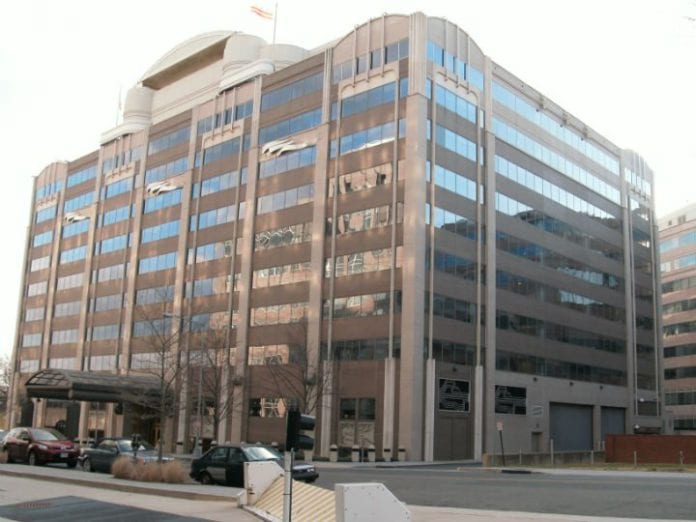Tech giants: ‘Very Low Power’ 6 GHz Wi-Fi is critical to 5G revolution
A group of tech companies that includes giants like Apple, Facebook, Google, Qualcomm and others, petitioned the Federal Communications Commission (FCC) for a new, ‘Very Low Power’ (VLP) category of portable devices for use in the unlicensed 6 GHz band.
The group submitted a letter to the FCC titled, “The FCC can Accelerate 5G Services while Protecting Incumbent Operations by Enabling Very Low Power Portable Class Devices in 6 GHz” that argues that the proposed use for the 6 GHz band would make possible new types of short-range connectivity for VLP devices.
According to the letter, the new VLP Wi-Fi category would allow small, low-power (operating at or below 14 dBm EIRP) devices like smartphones to travel through the 6 GHz spectrum without restrictions. Further, in another letter sent to FCC Secretary Marlene Dortch, the companies claim, “VLP operations in the 6 GHz band would present no real-world risk of harmful interference to licensed FS operations.”
These would be short-range, point-to-point connections between two devices within the space of a single room or within a vehicle, rather than across a house or outside. The letter specifies that they could deliver 2 Gbps at a distance of three meters.
Representatives for the tech companies met with FCC officials last week, and detailed the types of devices that would work well with 6 GHz, including mobile AR/VR and in-vehicle entertainment devices.
The market for in-vehicle, connected entertainment has huge potential, and with many chip and hardware manufactures looking into developing devices for this space, it is no surprise they are so interested in establishing this new source of connectivity. The letter also argues that VLP devices can’t interfere with existing point-to-point links in the 6 GHz band, even when used outdoors.
The petition is, in large part, a response to the FCC’s unanimous approval to open up the 6 GHz band for unlicensed activity last year. While the approval provided 1200 megahertz of wireless real estate for all kinds of devices to communicate without the need to rely on cellular, it was also met with disdain from the cellular industry.
Carriers argued that if the FCC auctioned off a large piece of 6 GHz instead, it could be picked up and used for additional cellular, which carriers say would make the U.S. a world leader in 5G. Ancillary to that, the 3GPP is examining study items for both standalone and non-standalone modes of operation for 5G NR in the 6 GHz band.

